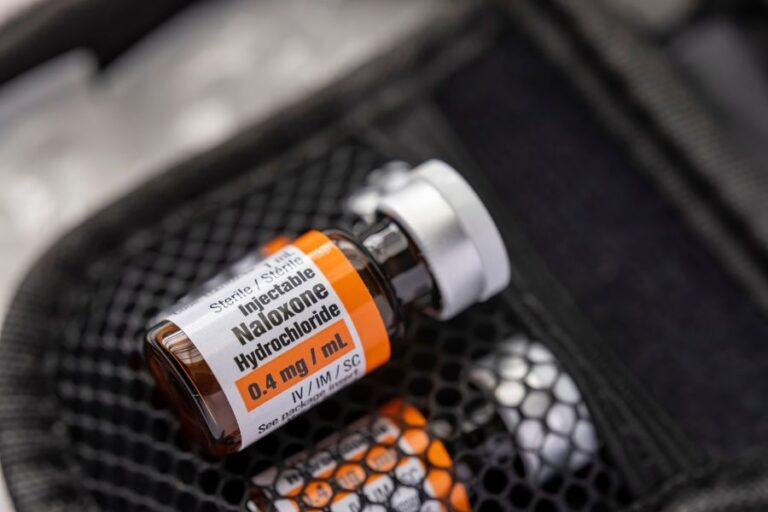About this Research Project
Authors: 1Alyssa Green, MS, NREMT-P; 2Stephen Harper, MD, MPH; 2David Wampler, PhD, LP, FAEMS
1ImageTrend, Inc., Eagan, Minnesota
2The University of Texas Health Science Center at San Antonio
Background
Opioid deaths have risen sharply in the past 10 years. Emphasis has been placed on the timely administration of naloxone, an opioid antagonist, to reverse opioid-induced hypoxia. Augmenting naloxone administration with assisted ventilation may expedite the correction of hypoxia. The goal of this study was to describe the impact of ventilations delivered before or with naloxone for the resolution of hypoxia in suspected opioid toxicity.
Methods
Using the 2022-23 ImageTrend Collaborate, we retrospectively analyzed EMS records of patients treated with naloxone. Patients were dichotomized based on ventilation or no ventilation pre-naloxone. Pre-naloxone was defined as ventilation at or before naloxone administration. Inclusion criteria: 911 scene response, suspected opioid toxicity, initial Glasgow Coma Score (GCS)<13, documentation of oxygen saturation (SPO2) before and after naloxone. Exclusion criteria: cardiac arrest at any time, incomplete data. Hypoxia is defined as SPO2≤90%. The primary end point was time to resolve hypoxia, calculated as the difference in time from naloxone to resolution of hypoxia. The secondary end points were recalcitrant hypoxia and transport rate. Descriptive statistics were used to characterize the groups, and differences were determined by t-test and chi-square as appropriate.
Results
Of the 131,638 patients that received naloxone, 47,456 (36%) patients met inclusion criteria, and 25% (n=11,750) of included patients received pre-naloxone ventilation. Most patients were white, male, and from urban areas. The median patient age was 40, and the median initial GCS was 3. Pre-naloxone hypoxia was present in 68% of ventilated patients, compared to 49% of non-ventilated patients. In those with pre-naloxone hypoxia, ventilated patients had lower pre-naloxone spo2 (median spo2: 66% ventilated; 78% nonventilated), more often had resolution of hypoxia during EMS care (ventilated: 84%; nonventilated: 74%) and decreased time to correction of hypoxia (median 4.3mins ventilated; 4.8mins nonventilated). Treatment resulting in non-transport was 11% in both groups.
Conclusion
Patients with opioid toxicity who receive assisted ventilation prior to or concomitant with naloxone administration have a shorter time to resolution of hypoxia and a lower rate of persistent hypoxia. Limitations include retrospective study design and no post-EMS patient outcome information. These findings could inform EMS protocols and improve patient care.
Get the PDF
Related Resources


Tomorrow Won’t Look Like Today. Prepare for What’s Next.
See the bigger picture and confidently face the challenges ahead with our industry-leading solutions.


